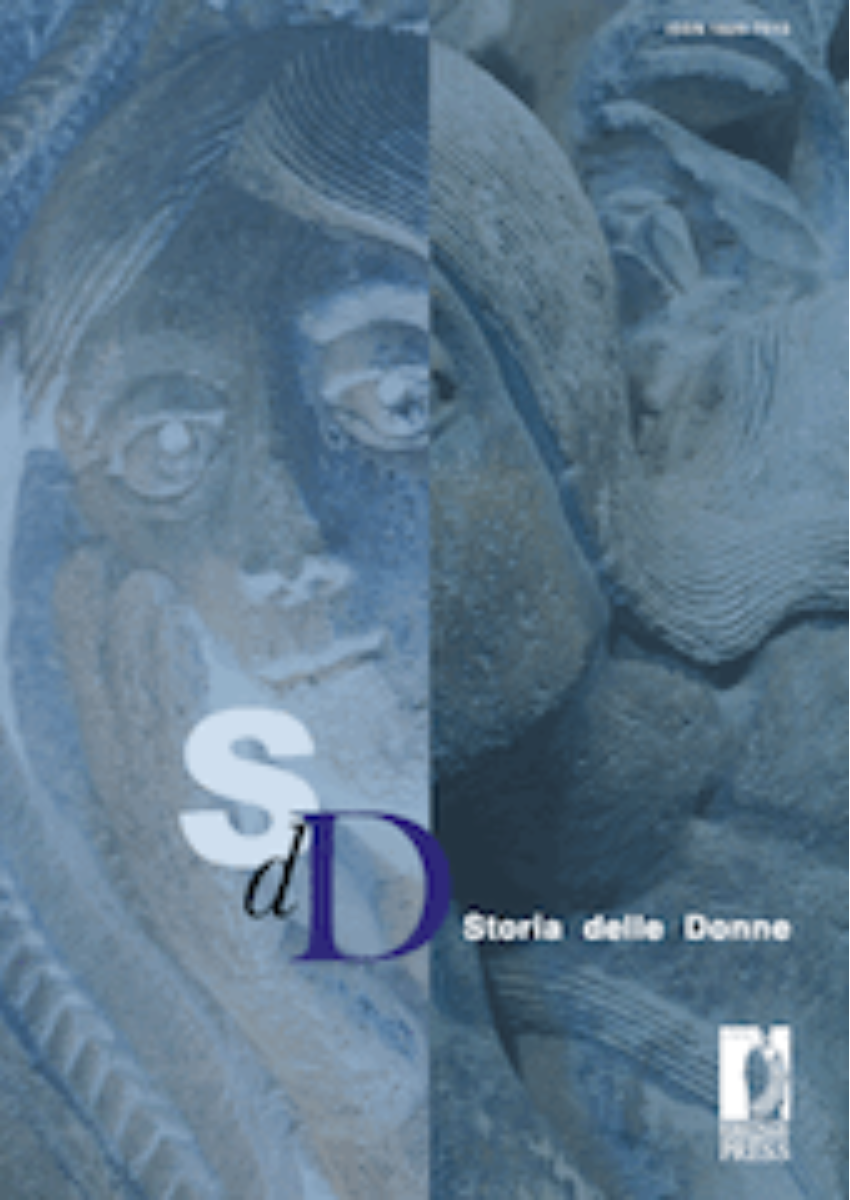Abstract
New work in the history of aging demands that we integrate “hard” approaches such as demography and physiology with “soft” cultural approaches. This article considers the life stages of early modern Italian urban elite women, to argue that society compelled them to age earlier in cultural terms than in physical terms, especially when compared with men of the same social strata. Pressed to marry younger than their bodies might suggest, their health ravaged by early and accelerated childbearing, women reached “old age” by 40. Nonetheless, those who survived that far often lived very long indeed. Moreover, older widows often emerged as the effective head of the family while their sons grew to adulthood. This role as a transitional authority figure between long generations of men was little discussed in normative literature, but appears regularly in family memoirs and court cases.


